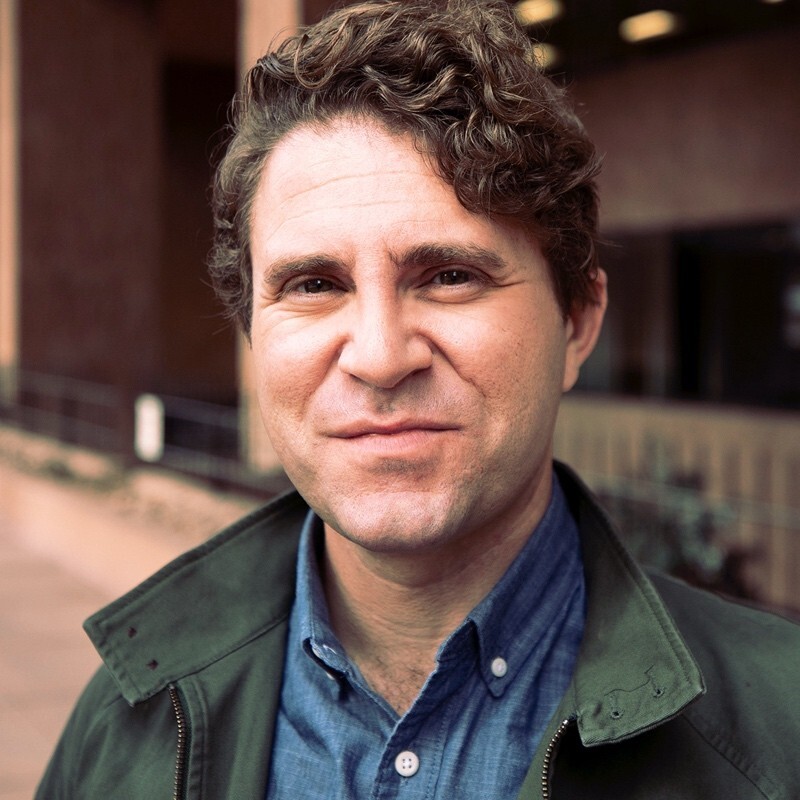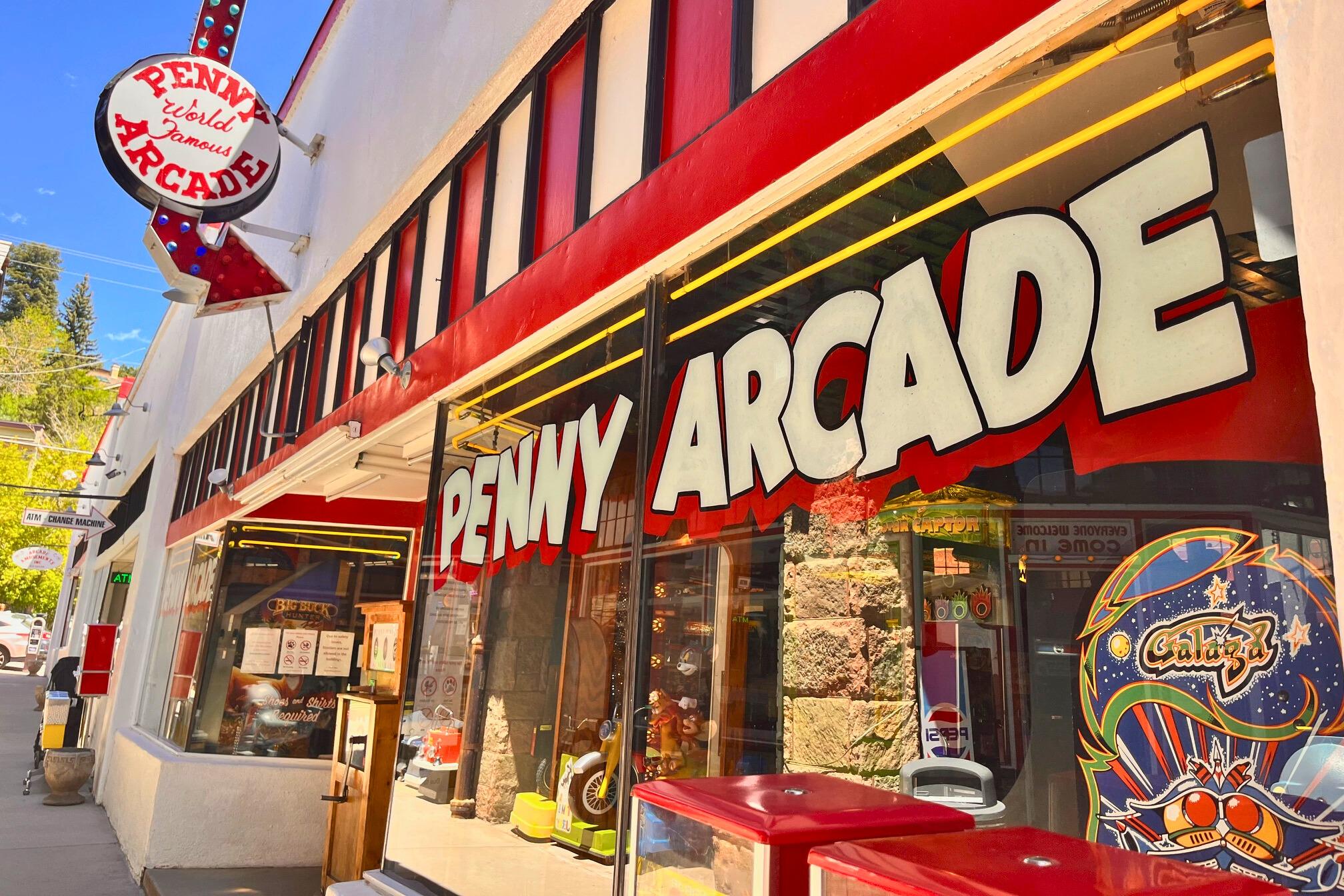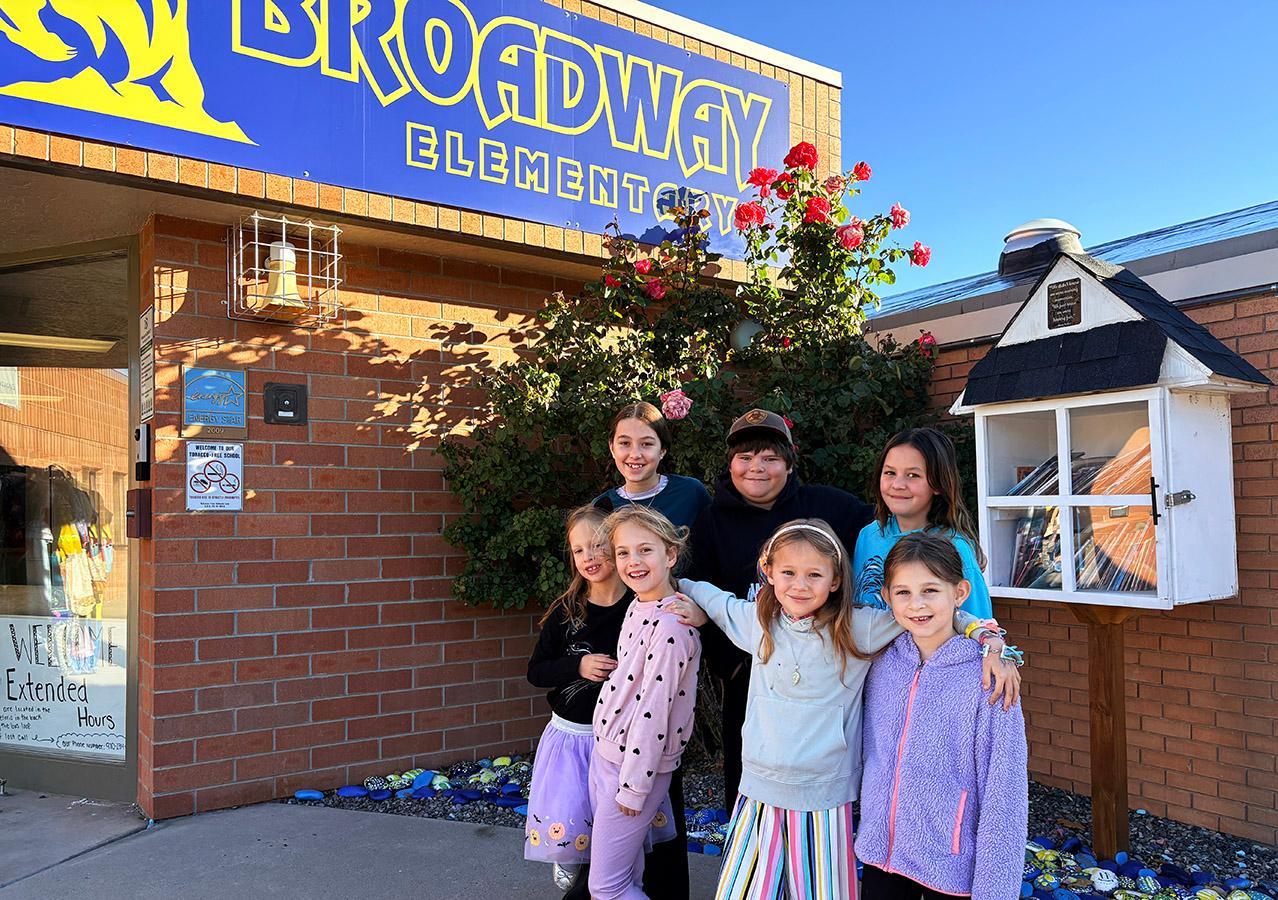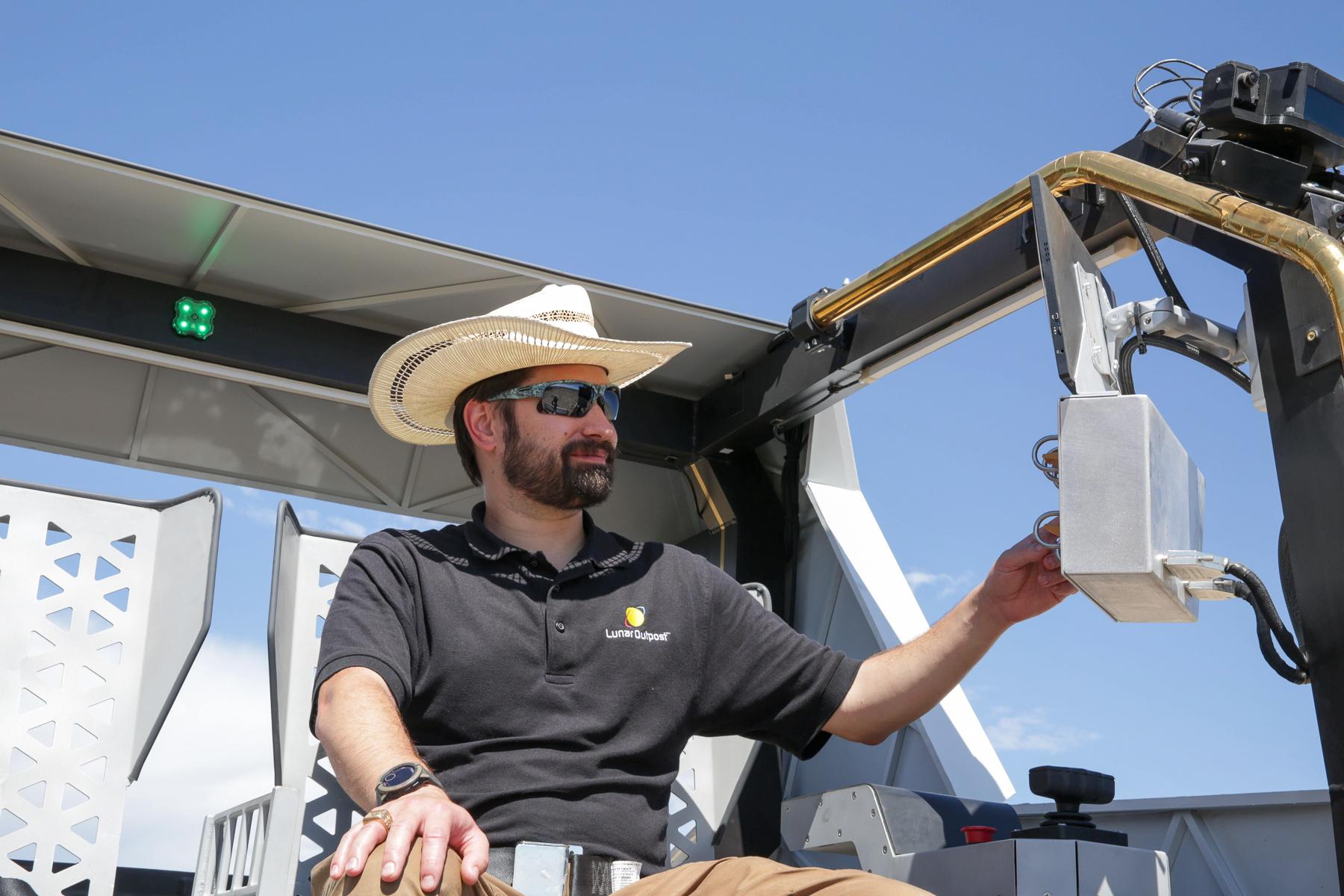
On a family ranch near the small Southern Colorado town of Rye, prototype moon rovers are put through their paces. They drive over rocky, dusty terrain and up and down hills as steep as 20 degrees.
It’s not exactly like the moon — there’s too much gravity and way too much atmosphere. Still, the ranch serves its purpose as a gritty, real-world showcase for how these vehicles may soon ferry astronauts around the surface of the moon.
It’s the most ambitious project yet for Arvada and Golden-based space company Lunar Outpost. In the eight years since its founding, the startup has grown into a major player in the rapidly expanding space industry.
Earlier this year, its suitcase-sized MAPP vehicle made history as the first U.S. robotic rover and first commercial rover to operate on the moon. The disappointing asterisk on that achievement: the rover was trapped inside a lunar lander that had tipped on its side at landing.
In April of 2024, Lunar Outpost was announced as one of three winners of a phase one NASA grant to develop the agency’s next-generation Lunar Terrain Vehicle (LTV) for future Artemis missions, a series of NASA missions to bring humans to the moon. Since then, the company has been iterating on prototypes with its other corporate partners, including Goodyear and General Motors.
“This is critical for our company,” said Lunar Outpost CEO Justin Cyrus.
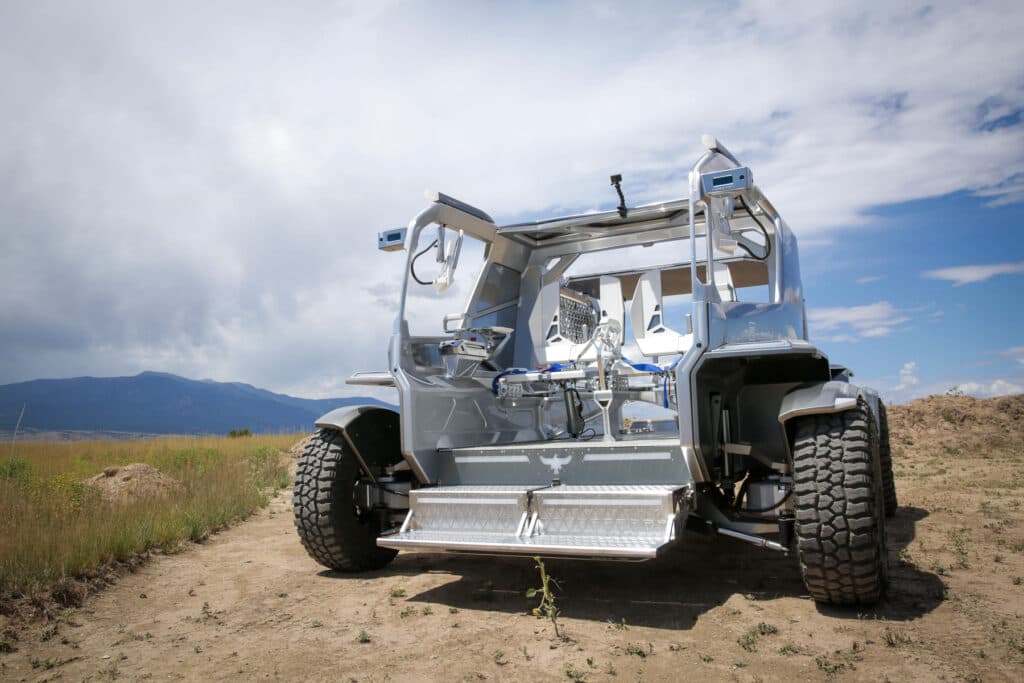
The company demonstrated two of its Eagle LTV prototypes for reporters at Cyrus’s Diamond Star Ranch last week. The vehicles are much larger than the “moon buggy” used by Apollo astronauts in the 1970s. If the old vehicle resembled something like a souped-up golf cart or ATV, the new prototypes are much closer to a light pickup truck.
Cyrus said the company intends to send the vehicles to the lunar surface aboard a SpaceX Starship, a rocket so large the entire vehicle could fit inside without being collapsed down.
The latest model gleamed metallic in the hot August sun on the ranch. It features a wide, open and roofless cabin designed to help astronauts in cumbersome spacesuits enter the vehicle with ease.
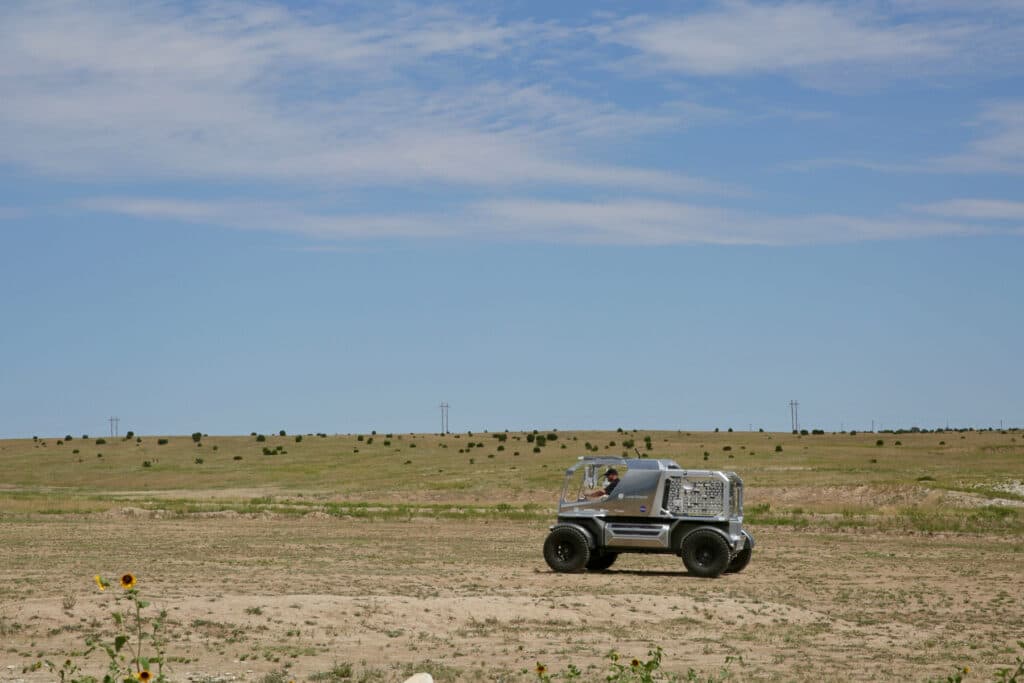
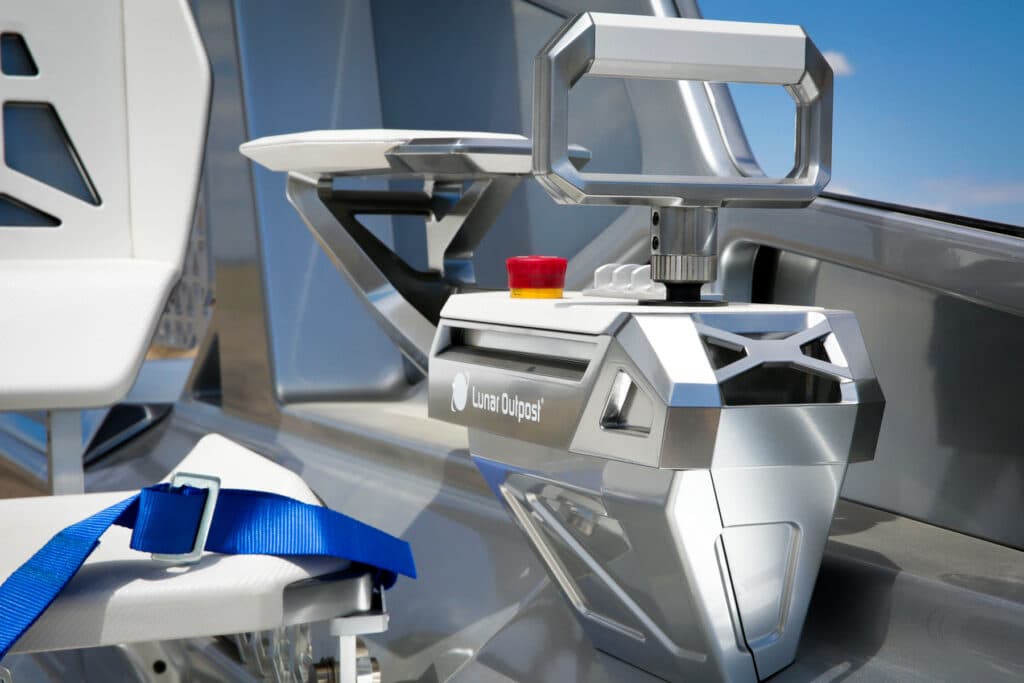
Mounted on the side are MOLLE panels for holding tools, which were inspired by Lunar Outpost team members’ passion for off-roading in the Colorado mountains. Sample containers slide from exterior racks next to work tables mounted over the tires.
Instead of a steering wheel, astronauts would fit thickly-gloved hands around a squared-off control lever that functions like a joystick. Push forward, and the solar-powered electric vehicle moves forward, usually at speeds no greater than 10 miles per hour.
“This type of handle is the easiest for astronauts to use and it’s very intuitive,” Cyrus said. “You can get on the rover and you can drive it pretty quickly.”
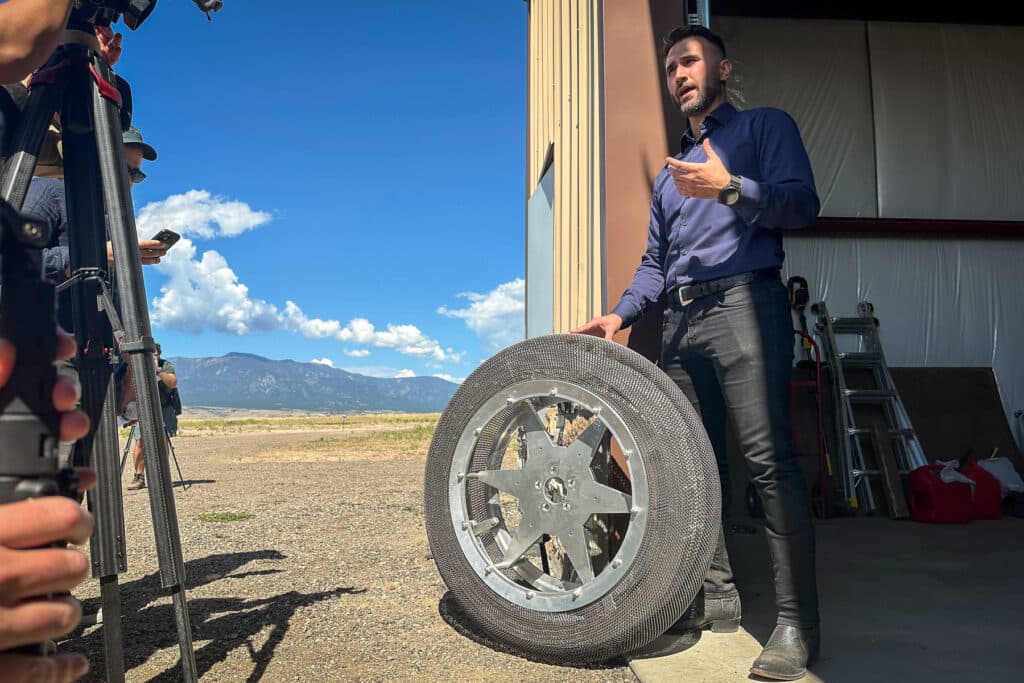
Only one of the teams awarded phase one grants from NASA will be selected for the final phase two contract. Lunar Outpost recently submitted its phase two proposal to NASA, with the final selection expected in mid-November.
Despite the competition from Texas-based Intuitive Machines and California-based Venturi Astrolab, Cyrus feels confident his company and their prototype will be chosen.
“We are the only sustainable company in lunar mobility — period,” Cyrus said of the fiscal stability of his private aerospace company. “We’ve done a lot of hard work to get to this point and, realistically, the other competitors don’t have that heritage.”
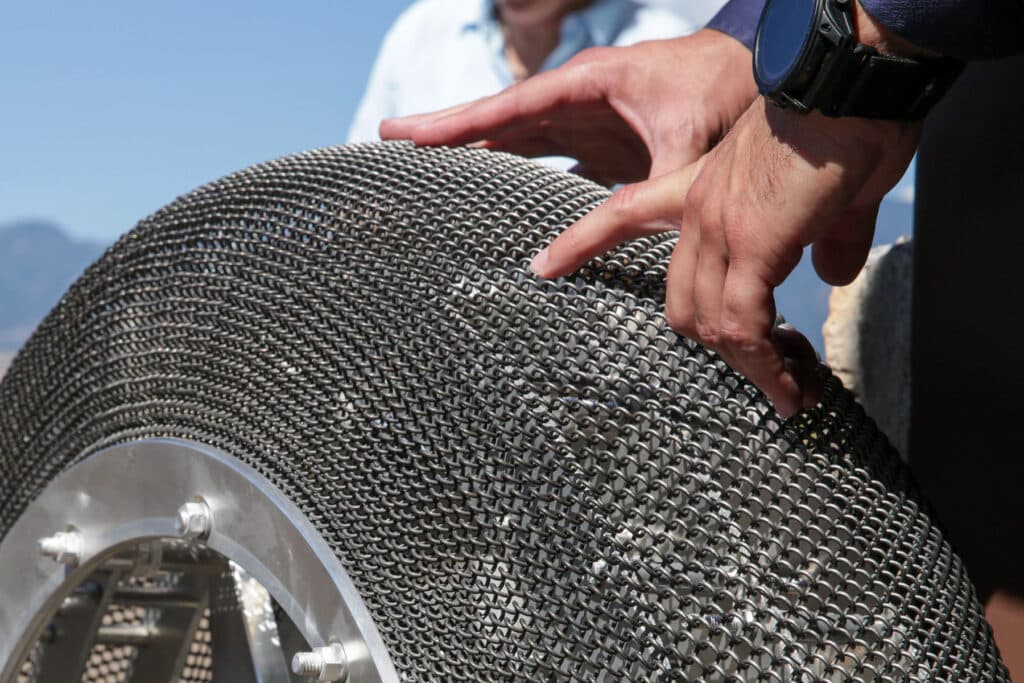
If selected, Lunar Outpost would receive a long-term, multi-mission contract from NASA estimated at $1.72 billion.
Toy company Lego has been adding to the hype, partnering with the company to release a Lunar Outpost Lego set. Meanwhile, the company has five other MAPP rover projects planned for the lunar surface in the coming years.
